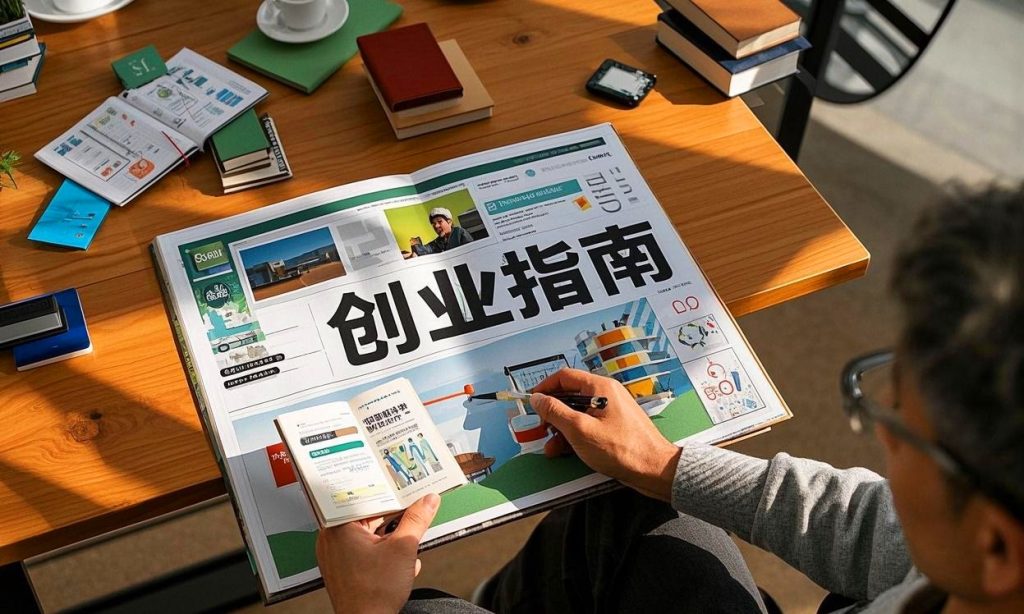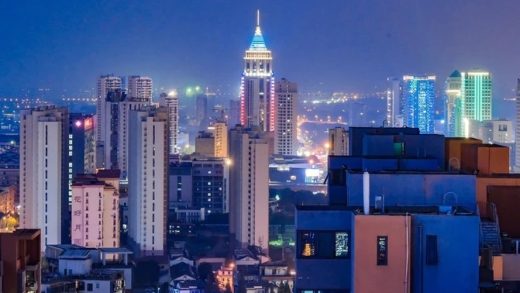
The Lucrative Business Behind a 20-Hour Hard Seat Train Ride: Generation Z Is Paying for “Pain”
Problem Analysis: Why Is Generation Z Willing to Pay for “Pain”?
In recent years, a seemingly counterintuitive consumption phenomenon has been on the rise: Generation Z (those born between 1995 and 2010) is not only willing to endure long – hour hard seat train rides and crowded green – colored trains but also actively chooses such “painful” travel methods. Even more surprisingly, there is a lucrative business opportunity hidden behind this seemingly arduous experience. So, why is Generation Z willing to pay for “pain”? What kind of business logic does this reflect?
1. The Rise of the Experience Economy
Generation Z grew up in an era of material abundance. Traditional material consumption can no longer meet their needs. They value “experiences” more than “ownership” and are even willing to pay a premium for unique experiences. A 20 – hour hard seat train ride is, for them, an “alternative travel” experience rather than just a means of transportation.
2. The Driving Force of Social Media
In the era of social media, Generation Z is keen on sharing distinctive experiences. The crowding, noise, and even discomfort of a hard seat train have become part of their social currency. This “experience of enduring hardship” can win them attention and recognition.
3. Nostalgia and Sense of Authenticity
Elements with a sense of the times, such as green – colored trains and hard seat carriages, give Generation Z a “retro” sense of authenticity. Growing up in the digital virtual world, they long to experience real – life scenarios, and a hard seat train provides just such an opportunity.
4. Cost – effectiveness and Spirit of Adventure
Hard seat train tickets are inexpensive, making them suitable for young people with limited budgets. Meanwhile, the “adventure” of a long – hour hard seat ride also satisfies Generation Z’s pursuit of the unknown and challenges.
Solution: How to Seize the Business Opportunities in the “Pain Economy”?
Since Generation Z is willing to pay for “pain”, how can entrepreneurs tap into this business opportunity? Here are several viable directions:
1. Create “Hardcore Travel” Products
Combine hard seat train rides with other experiences to design complete travel products. For example:
– Themed Trains: Launch “nostalgia trains”, “artistic trains”, etc. Decorate the carriages in specific themes to attract young people to take photos and share.
– Social Trains: Organize social activities on hard seat trains, such as board games and music performances, to turn the journey into a social scene.
– Challenge Programs: Launch the “20 – hour hard seat challenge”. Participants who complete the challenge can receive certificates or souvenirs.
2. Develop Peripheral Services for the “Painful Experience”
Provide value – added services around the pain points of hard seat train rides:
– Comfort Upgrade Packages: Sell “hard seat survival kits” such as neck pillows, earplugs, and eye masks.
– Food Services: Offer portable and suitable food for the train, such as self – heating hot pots and snack packages.
– Content Monetization: Record Vlogs or documentaries on hard seat trains to attract traffic and generate revenue.
3. Utilize Social Media Marketing
The “pain” of a hard seat train ride itself is a topic. The following methods can be used to amplify its dissemination effect:
– KOL Collaboration: Invite travel bloggers and photographers to experience hard seat trains and share their real feelings.
– User – Generated Content (UGC): Encourage passengers to share their hard seat stories to form a community effect.
– Topic Marketing: Initiate topics such as “Hard Seat Survival Guide” and “Hard Seat Adventures” to attract discussions.
4. Tap into the Value of Cultural IPs
Green – colored trains and hard seat carriages are unique cultural symbols and can be turned into IPs:
– Cultural and Creative Products: Design postcards, hand – made notebooks, T – shirts, etc. with the hard seat theme.
– Offline Exhibitions: Hold “Hard Seat Culture Exhibitions” to showcase the diverse lives on trains.
– Film and Television Collaboration: Collaborate with TV dramas or variety shows and use hard seat trains as shooting locations.
Case Study: The Success and Inspiration of Japan’s “Seishun 18 Ticket”
Japan’s “Seishun 18 Ticket” is a classic case of the “pain economy”. This ticket allows passengers to take unlimited rides on JR (Japan Railways) ordinary trains (including slow trains and some rapid trains) within 5 days, but they can only take non – reserved seats (i.e., hard seats or standing). Despite the long and tiring journey, the “Seishun 18 Ticket” has become a popular choice among young people.
Reasons for Success:
- Price Advantage: The ticket price is low, making it suitable for young people with limited budgets.
- Unique Experience: Slow – train travel allows passengers to enjoy the scenery along the way and experience the local customs and cultures of different parts of Japan.
- Social Attribute: Many young people use the “Seishun 18 Ticket” in groups, regarding it as a collective adventure.
- Cultural Symbol: The word “Seishun” (youth) in the ticket name gives it a romantic and nostalgic color.
Business Insights:
- Clear Positioning: Clearly target young people, highlighting “youth” and “adventure”.
- Emotional Resonance: Evoke users’ yearning for youth and free travel through the ticket name and promotion.
- Scenario Extension: Combine the ticket with travel guides and popular attractions to form a complete consumption chain.
Conclusion
The phenomenon of Generation Z paying for “pain” essentially subverts the traditional consumption logic. What they pursue is not only comfort and convenience but also unique experiences and emotional resonance. For entrepreneurs, the key lies in how to transform “pain” into sellable value and amplify its appeal through social media and cultural symbols. Whether it is “hardcore travel” products or peripheral services for the “painful experience”, as long as they can meet the psychological needs of Generation Z, they can gain a share in this seemingly counterintuitive market.
In the future, with the further development of the experience economy, the “pain economy” may become a new business blue ocean. Those who can first identify and meet the needs of Generation Z will gain an advantage in this competition.
20小时硬座背后的暴利生意:Z世代正在为“痛苦”买单|创始人Q&A
- Startup Commentary”Building LLMs: The Knowledge Graph Foundation Every AI Project Needs”
- Startup Commentary”The 17th Year of Tmall Double 11 and the New Map Rewritten by AI”
- Startup Commentary”How to Prepare Your Data for Artificial Intelligence”
- Startup Commentary”Small and Medium-sized Banks: “Cutting the Tail” in Loan Assistance”
- Startup Commentary”The Six AI Giants on Stage: AGI Is No Longer a “Future” Thing”




